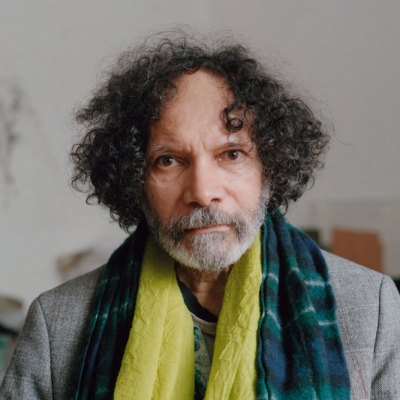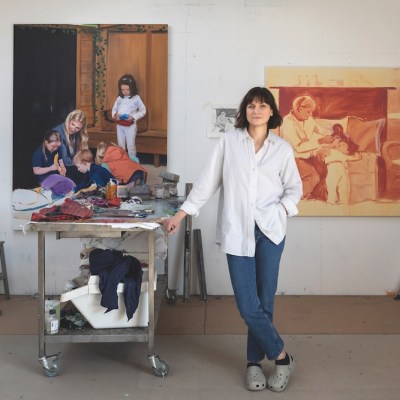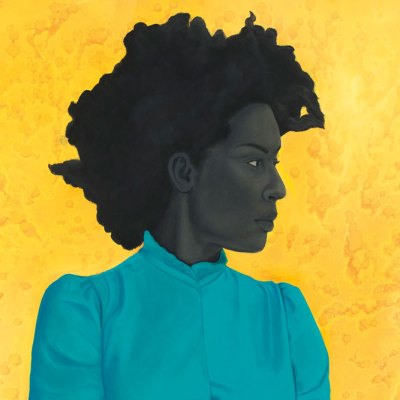
The Shortlist
William Kentridge
2025 has been a particularly strong year for the South African artist. His centrality to contemporary art is now taken for granted but a dual museum show as part of a celebration of his 70th birthday is a reminder of how innovative his work is. ‘Listen to the Echo’ at the Museum Folkwang, Essen and the Staatliche Kunstsammlungen, Dresden, plus a festival across Dresden, show the variety of his work from painting to printmaking, projections to puppet shows.
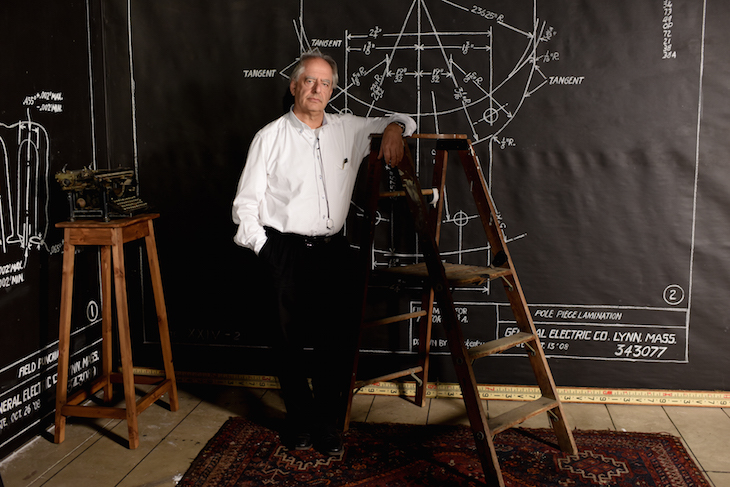
Hew Locke
The Yale Center for British Art’s major autumn exhibition is dedicated to Hew Locke, an artist who for the past 30 years has been looking at just what Britishness and Empire might mean. His early work is the revelation: the combination of texture, colour and technique that you see in a work such as Ark (1994) shows an artist bringing ideas and form together using found materials and offers a rawness and excitement unmediated by success.
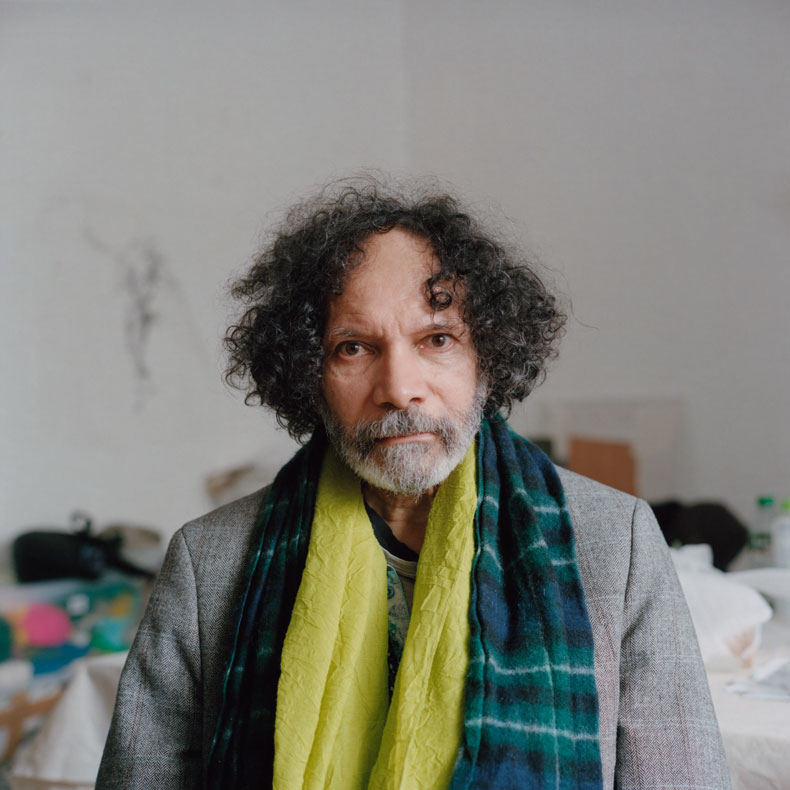
Jenny Saville
A major retrospective at the National Portrait Gallery this year, displaying Saville’s unflinching representation of flesh in all its shades, was a resounding success. The series of monumental nudes that launched her career in 1992 still looks as fresh and impressive as it did then. Yet in a series of more recent works (also at the NPG) – painted, like the earlier ones, from photographs – it is possible to see an artist experimenting and pushing her practice to accommodate a bolder vision.

Wael Shawky
Wael Shawky’s entry for the Egyptian Pavilion at last year’s Venice Biennale drew huge crowds. Drama 1882 – a film of an opera (written by the artist) about the nationalist Urabi revolution against imperial influence in Egypt (1879–82) – was the prelude to a year that has seen the artist’s complexity and narrative brilliance rewarded. With exhibitions in Seoul, Daegu, Los Angeles, Edinburgh and Arles, Shawky’s knotty interactions with artifice and power have confirmed his projects as compelling art for our times.
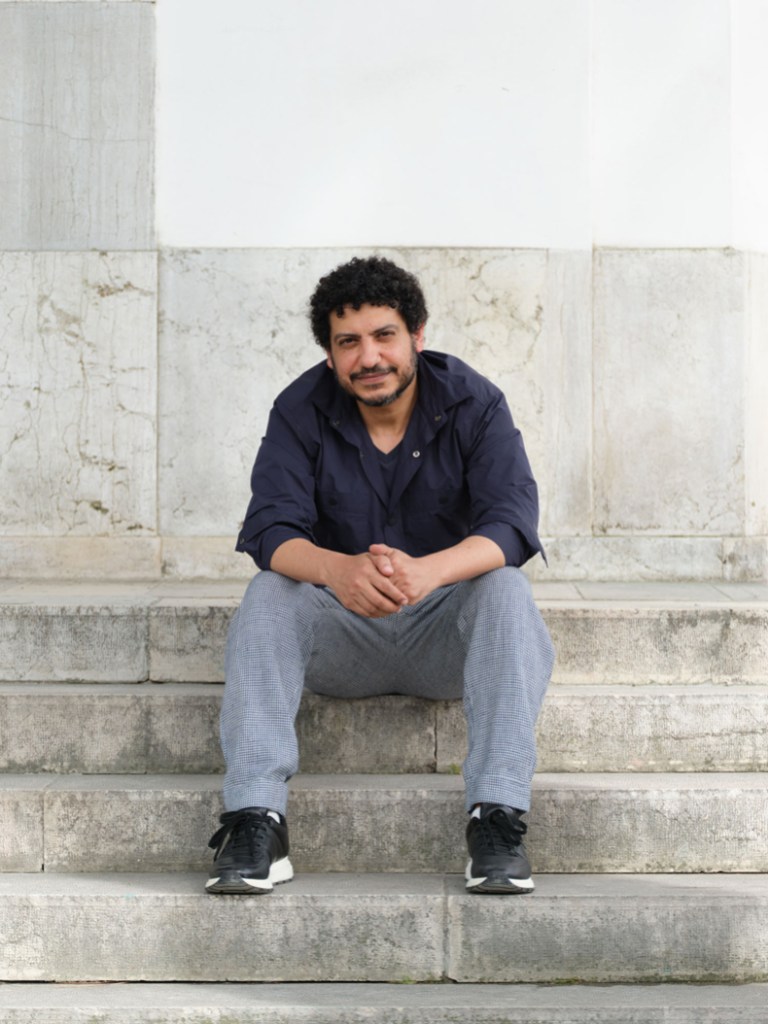
Amy Sherald
With ‘American Sublime’, an exhibition of her work that was first presented at the Whitney Museum of American Art, Amy Sherald was supposed to be the first Black artist to have an exhibition at the Smithsonian’s National Portrait Gallery; when she was told that a portrait of a transgender Statue of Liberty was to be removed, her response was to withhold the show. She has become a symbol of protest and resistance to the censorship that has impacted federal museums in the United States under the Trump presidency.

Caroline Walker
This year Caroline Walker’s first major exhibition, ‘Mothering’, ran at Hepworth Wakefield before travelling to Pallant House Gallery. There is something radical about the attentiveness with which she observes her subjects and the way she chooses those subjects. She presents an emphatically female gaze, allowing the spotlight to fall on aspects of life – mothering, caring, loving – frequently overlooked, and in a way that reinvigorates the medium of paint and suggests new ways of looking.
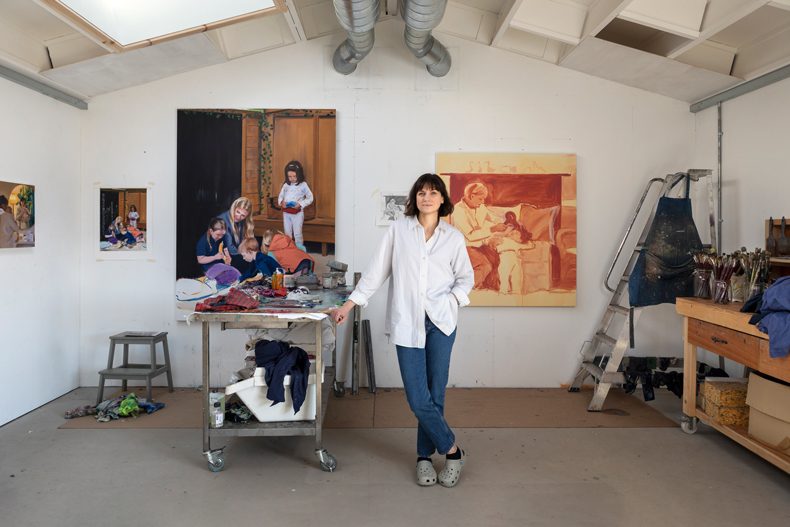
The winner will be announced on 20 November.
The Shortlists | Artist of the Year | Museum Opening of the Year | Exhibition of the Year | Book of the Year | Acquisition of the Year


